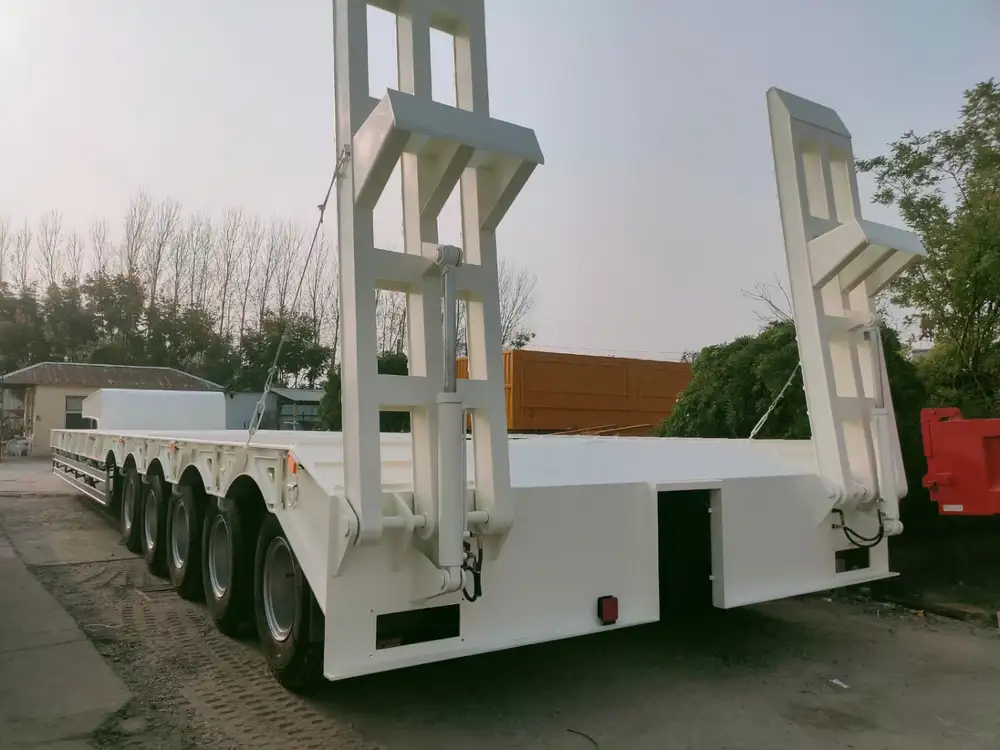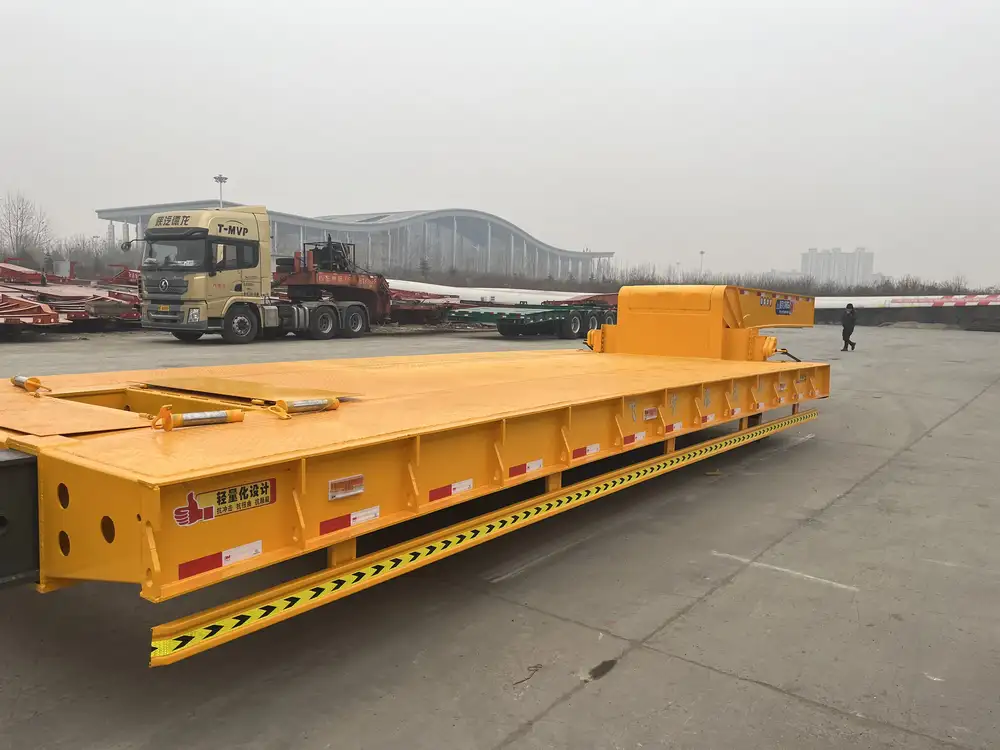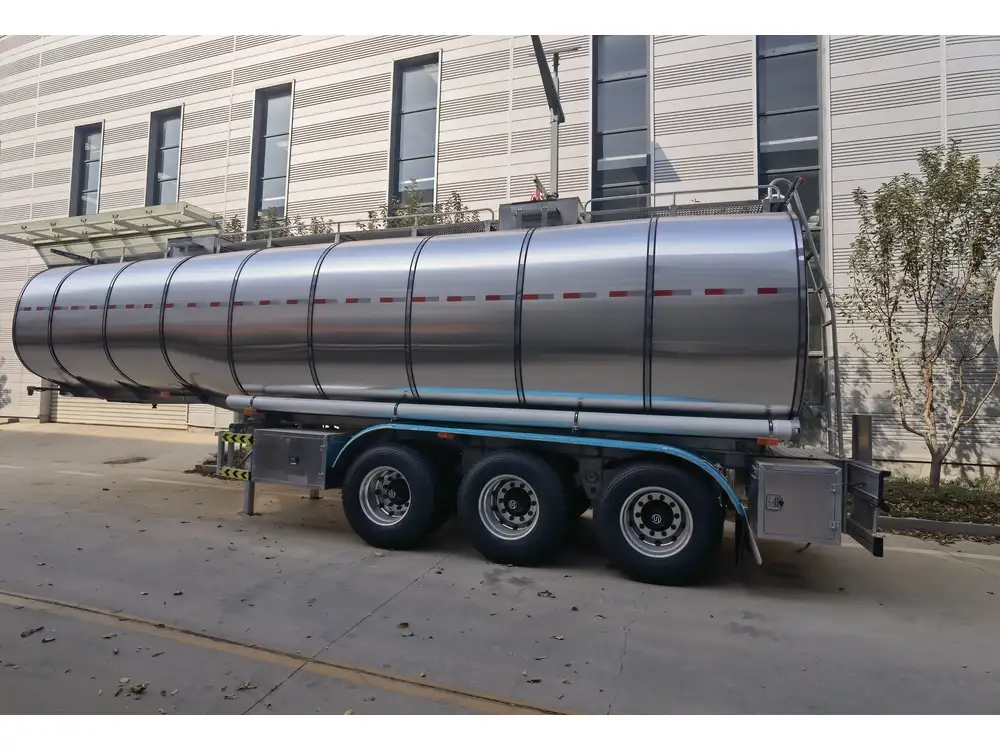When it comes to maximizing efficiency, safety, and cost-effectiveness in your semi-trailer operations, selecting the appropriate trailer tires stands at the forefront of your strategy. Tires are not mere rubber circles; they are crucial components that can significantly impact your vehicle’s performance, fuel efficiency, and safety. In this guide, we delve into the intricacies of trailer tires tailored for semi-trailers, focusing on key parameters that will help you make an informed decision.
Understanding the Importance of Tire Selection
1. Performance Impact
The right tires can drastically improve traction, handling, and wear resistance. It’s essential to understand how different tire types influence driving behavior, especially under diverse load conditions. Better performance translates to enhanced fuel economy and reduced operational costs, driving profit margins higher.

2. Safety Considerations
Safety is paramount. The appropriate tires can avert accidents caused by blowouts or loss of vehicle control. With their interaction with various terrains and weather conditions, tires that lack the right specifications can be hazardous.
3. Longevity and Cost Efficiency
Excellent tires not only function well but also last longer, offering better value for money over their lifespan. Investing in high-quality tires can ultimately save you costs related to maintenance, fuel, and premature tire replacements.
Core Factors in Tire Selection

Load Ratings and Tire Types
Tires for semi-trailers are categorized into several types based on their construction and intended usage:
| Tire Type | Load Rating | Description |
|---|---|---|
| Bias Ply Tires | D, E, or F | Stiffer sidewalls, but less flexible under heavy loads. Ideal for certain applications. |
| Radial Tires | G, H, J, K | Improved fuel efficiency and slower wear rates; best for long-haul operations. |
| All-Position Tires | V, W, X | Versatile, suitable for steering and drive positions, accommodating various loads. |
| Tread Patterns | N/A | Specific designs enhance grip and reduce hydroplaning, tailored for different conditions. |
Tread Patterns: What Works Best?
The tread pattern significantly influences handling, traction, and water displacement:
| Pattern Type | Pros | Cons |
|---|---|---|
| Symmetrical | Even wear, stable handling | Limited traction in slippery conditions |
| Asymmetrical | Enhanced grip on curves | Can wear unevenly if not rotated regularly |
| Directional | Optimal performance in wet conditions | Requires correct mounting direction |
Top Semi-Trailer Tires in the Market
Based on extensive research and user feedback, here is a curated list of the best semi-trailer tires available today:

1. Goodyear G396
Key Features:
- Superior tread design for excellent traction.
- Enhanced durability for long haul trips.
- Excellent fuel efficiency ratings.
2. Michelin X Multi D
Key Features:
- Exceptional wear life due to advanced rubber compounds.
- Enhanced performance in wet and dry conditions.
- Eco-friendly with lower rolling resistance.
3. Bridgestone M710
Key Features:
- Improved chip and cut resistance.
- Wide footprint for better road grip.
- Consistent performance over diverse surfaces.

4. Continental HSR2
Key Features:
- Advanced tread design for low rolling resistance.
- Increased traction on wet roads.
- Reduced road noise for driver comfort.
Tire Maintenance Tips and Best Practices
To extend the lifespan of your semi-trailer tires and ensure optimal performance, consider the following:
Regular Inspections
Visual checks should be routine, focusing on these key areas:
- Tread Depth: Use a tread depth gauge to ensure legal limits are met. Worn tires compromise safety.
- Sidewall Integrity: Look for cracks, bulges, or any visible damage.

Proper Inflation
Maintaining the correct tire pressure is vital. Under-inflation can lead to excessive heat buildup and blowouts, while over-inflation reduces traction and wearing capacity. Utilize pressure gauges frequently to check and adjust according to manufacturer specifications.
Rotation Strategy
To promote even tire wear, rotate your tires as recommended. A systematic rotation schedule can prolong tire life significantly.
Alignment and Balancing
Ensure that your trailer’s alignment is accurate and that the tires are balanced. Misalignment can lead to uneven tire wear and may result in costly replacements.

Environmental Impact and Regulatory Compliance
1. Eco-Friendly Options
As environmental considerations become increasingly prominent, there’s a growing demand for eco-friendly tires. Brands are now producing tires that reduce carbon footprint through improved materials and manufacturing processes.
2. Regulatory Standards
Being compliant with various regulations is crucial. Different regions and countries have specific standards for tire dimensions, weights, and performance capabilities. Always refer to your local regulations to ensure compliance.

Addressing Common User Issues
Choosing Between Bias and Radial Tires
While bias ply tires may appear to be economically viable, radial tires often offer higher durability, improved wear characteristics, and better fuel efficiency, making them the preferred choice for most long-haul applications.
Handling Different Weather Conditions
Selecting tires that excel in specific weather conditions — such as winter tread patterns for snow or rain — can enhance safety. Always check the seasonal guidelines for tire selection provided by manufacturers.

Managing Costs vs. Quality
While it may be tempting to opt for cheaper alternatives, investing in high-quality tires can yield better long-term savings. An upfront higher expenditure often results in fewer replacements, lower maintenance costs, and maximized safety.
Conclusion
Choosing the best trailer tires for semi-trailers involves a complex mix of factors — from understanding tire types and load ratings to selecting the right tread patterns based on your operational needs. By adhering to best practices, maintaining your tires diligently, and staying informed about market offerings, you position your semi-trailer operations for enhanced efficiency, increased safety, and superior cost-effectiveness.
Make informed choices, put quality first, and watch your operational productivity soar!
Additional Resources
For those interested in delving deeper, consider these resources:
- Tire Association Manuals: Comprehensive guidelines on tire standards and best practices.
- Manufacturer Websites: For the latest innovations and specifications tailored for semi-trailer tires.
- Industry Forums: Engaging with other operators can yield insights and practical advice to refine your tire selection process.
By following this guide, you’ll be well on your way to making the best possible tire choice for your semi-trailer needs, fostering a safer and more efficient operational environment.



